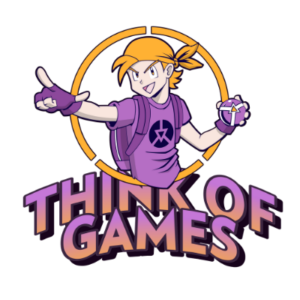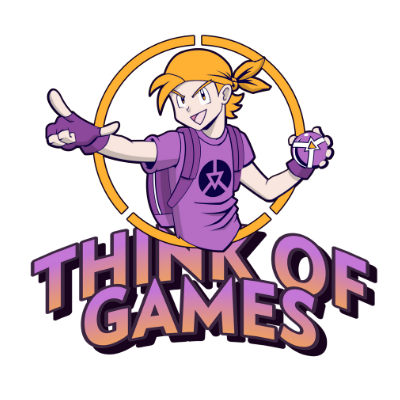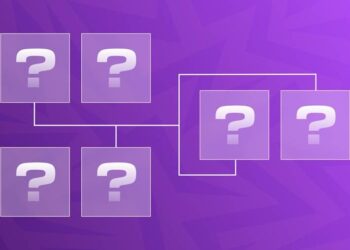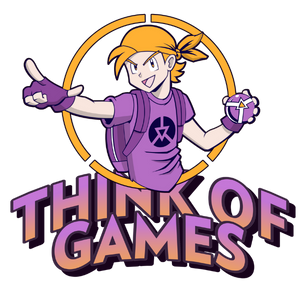In marketing, we are obsessed with “loyalty programs.” We create complex systems of points, tiers, and predictable rewards. “Spend $100, get $10 off.” “Refer a friend, get $5.” While these systems are functional, they have a critical flaw: they are boring. A predictable reward does not build emotional loyalty; it simply becomes an expectation. The moment you stop offering it, the “loyalty” vanishes.
Now, think about the last time a brand truly wowed you. Maybe a hotel gave you a free room upgrade you did not ask for. Maybe an e-commerce store included a handwritten “thank you” note and a free gift. This feeling—a jolt of positive, unexpected value—is the core of a “Surprise and Delight” strategy.
This strategy swaps predictable, transactional rewards for unexpected, random bonuses. It is one of the most powerful and cost-effective ways to drive engagement, generate positive word-of-mouth, and build genuine, emotional brand loyalty.
The Science of Surprise: Why Variable Rewards Are So Powerful
The “Surprise and Delight” model is not just a kind gesture; it is a direct application of behavioral psychology. Its power comes from a concept known as variable-ratio reinforcement, most famously studied by B.F. Skinner. The principle is simple:
- Fixed rewards (boring). If you get a food pellet every time you press a lever, you will press it only when you are hungry. The reward becomes an expected utility. This is your standard “10% off” coupon.
- Variable rewards (exciting). If you get a food pellet randomly (sometimes you get one, sometimes you get three, sometimes nothing), you will press the lever compulsively. The anticipation of the reward, driven by its unpredictability, releases dopamine and becomes addictive. This is the engine that drives slot machines, and it is the engine that can drive your engagement.
When a user receives a reward they did not expect, it does not feel like a transaction. It feels like a gift. This re-frames their relationship with your brand from transactional to relational.
‘Surprise’ vs. ‘Standard’: The Difference Between a Gift and a Transaction
The key to a successful “Surprise and Delight” strategy is understanding the difference between an earned reward and a gifted reward.
A standard bonus is transactional. A user searches for a VulkanBet promo code, finds one, uses it, and the interaction is over. They expected it. The code’s E-E-A-T (Expertise, Authoritativeness) is based on it working as advertised. “Surprise and Delight” is different. It is a reward given without a clear “if-then” trigger. It is a one-way gift.
- Standard bonus: “Spend $100 and we will give you a $10 bonus.”
- Surprise & delight: “You’ve been a loyal customer for 6 months. We just added a $10 bonus to your account as a ‘thank you.’ No strings attached.”

The emotional impact of the second example is exponentially greater, even if the monetary value is the same. It shows the user that you are paying attention and that you value their relationship, not just their transaction.
A Toolkit for ‘Surprise and Delight’ in Digital Products
This strategy does not have to be expensive. In fact, some of the most effective “Surprise and Delight” moments are low-cost or even free. The value is in the surprise, not the amount. Here is a list of practical “Surprise and Delight” tactics you can implement in a digital product:
- Random bonus drops. Randomly select a group of active users each week and give them a small, unexpected bonus (e.g., free credits, a 10% discount, or free spins).
- Anniversary gifts. Automatically send a user a special perk on the anniversary of their sign-up date. “You’ve been with us for one year! Here’s a gift.”
- Unexpected upgrades. Randomly upgrade a user to the “premium” tier of your service for a week, free of charge.
- Personalized recognition. Have a community manager personally reach out to a helpful user on your forum to thank them. This high-touch, human interaction is the ultimate “Surprise and Delight.”
- “Just because” perks. Did a user just have a bad experience with a support issue? Empower your agent to not only fix the problem but to add a small, unexpected “I’m sorry” bonus to their account. This turns a negative Experience into a positive one.
These small, random acts of generosity break the predictable cycle and create powerful, positive memories for your users.
To further clarify the difference, let’s compare a predictable program with a surprise-based strategy.
| Feature | Predictable Loyalty Program | ‘Surprise & Delight’ Strategy |
| User Psychology | Expectation, Rational Calculation. | Anticipation, Emotional Connection. |
| Perceived As | A transaction. “I earned this.” | A gift. “They value me.” |
| Behavioral Impact | Creates predictable, transactional behavior. | Creates excitement, anticipation, and social sharing. |
| Risk | If you remove the program, the “loyal” user leaves. | Users do not expect it, so there is no risk of “taking it away.” |
| E-E-A-T Impact | Neutral. | High Experience (delight) and Trust (brand is generous). |
This table shows that “Surprise and Delight” is a powerful tool for building the emotional side of E-E-A-T.
From Expected to Unexpected: How to Start
A “Surprise and Delight” strategy cannot fully replace your standard loyalty program, but it should complement it. Relying only on predictable rewards creates a boring, transactional product.
If your engagement is flagging, it is time to inject some unpredictability. Look at your user segments. Identify one group—perhaps your “loyal but quiet” users—and send them a small, unexpected bonus this week. Do not ask for anything in return. Just say “thank you.” The positive spike in engagement, replies, and social media mentions may surprise you.


















